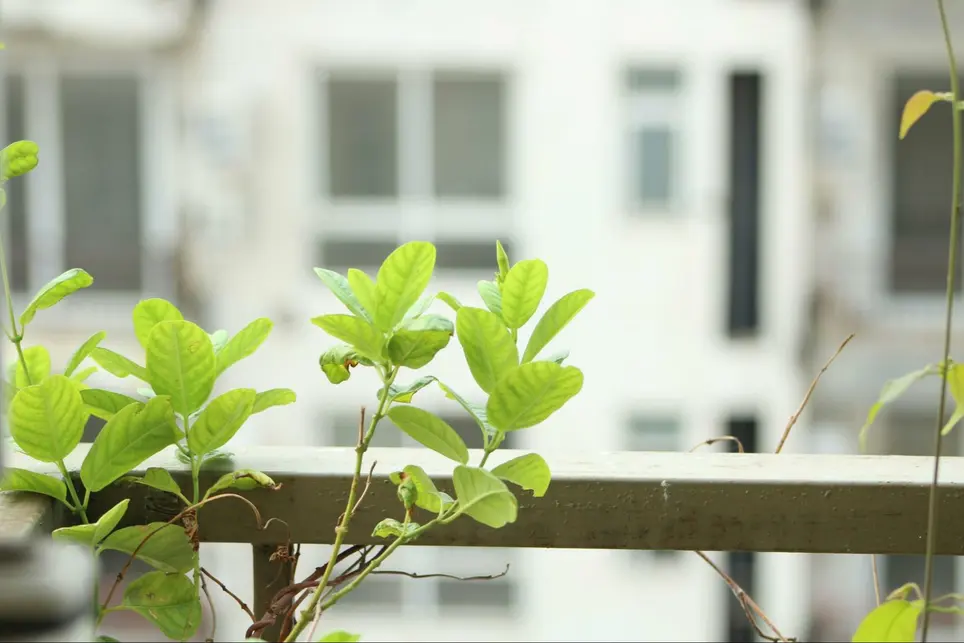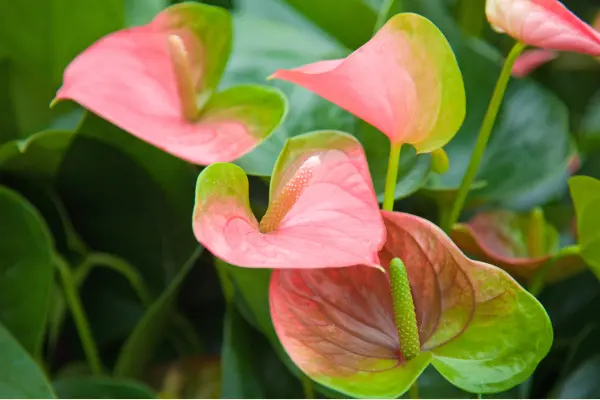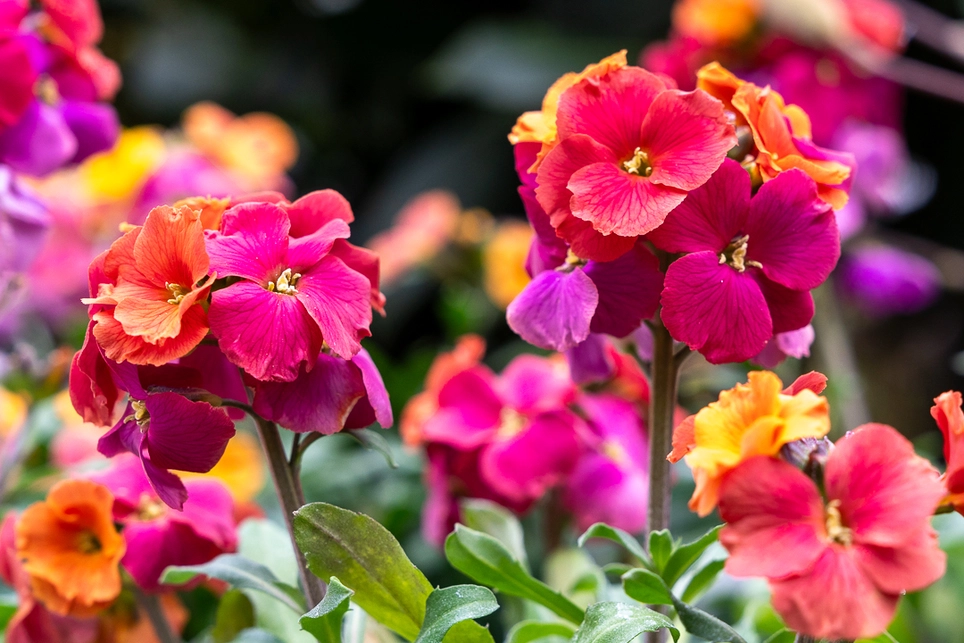
Welcome to The Boma's Complete Care Guide For David Austin Roses
By Adam Ward, Horticulturist, The Boma
Roses are very rewarding for their wonderful scent and interest throughout the season. Always noted for being the classical cottage garden plant, roses have become a contemporary statement in recent years. Adding a rose shrub or climber to your garden can offer a sense of nostalgia with fond childhood memories of the roses the family grew. I believe that no garden is complete without at least one rose shrub or climber.
Growing roses often seems hard work, but this is a myth. Most modern rose breeds, such as David Austin Roses, are disease resistant with a long flowering period.
The Boma garden centre has an extensive range of shrub, climbing, and rambling roses from the beginning of spring with a rose species for every garden.
How to prune shrub roses

Winter
Reduce the height of the roses to reduce wind-rock on the rootstock in early winter. Remove all foliage to prevent leaf diseases from passing onto next year’s leaves. Collect and discard all the leaves and debris on the soil surface from the plant base. Supporting large roses with canes can prevent wind-rock on the rootstock, which is also a good idea.
Spring
In spring, look at plant shape. As a general pruning rule, cut out the dead, diseased, crossing-congested, or weak plants’ stems. The process of pruning roses is to create an open shaped plant with a strong structure that can support the weight of lots of blooms. A rose’s natural form, if left unpruned, can become leggy with brittle woody stems over time.
Pruning encourages new growth, compact habit, and prolific flowering. Always prune with a diagonal cut just above an outward-facing leaf bud. To maintain the current height of your rose, prune back the stems by 1/3 of the total height. To reduce the size of older David Austin shrub rose shrubs, prune back rose stems by half.
Summer
From the start of flowering in early summer, roses need regular deadheading each week to encourage more blooms. Deadheading stops the plant from wasting valuable energy on seed production.
Autumn
Remove all dead flower heads from your rose in late autumn. Prune any stem that dies over summer, back to the white pith in the stem centre. Look at the centre of the plant and see if congested branches need thinning to allow better airflow around the plant. Airflow around the centre of the plant is vital to help control leaf diseases such as mildew and black spot.
Removing suckers from roses
Well-established roses suffer from sucker growth from the base of the plant’s rootstock. These are sappy green in colour and are thornier than typical plant stems. Note the stem colour difference from grafted rose branches that bear flowers and buds. Remove them, as they are from the rootstock and will take over from the grafted variety you have purchased. Wearing heavy-duty gardening gloves, remove them by pulling them swiftly until they snap away from the rootstock. Do not cut them with pruning shears; otherwise, they are likely to regrow.
Climbing Rose Pruning
Without annual pruning, climbing roses become a tangled mess with few flowers. Yearly pruning helps create a framework to support blooms in summer. The best time of year to complete this task is from November to January. Annual pruning increases flowers and allows you to tie young stems to the plant support.
The best way to create a support framework for climbing roses on a wall or fence is to use metal vine eyes and metal wire. Young stems can be pruned and tied using a Flexie-tie to create lateral flowering stems. Cut back side shoots on climbing roses by two thirds. Look at the health of the plant stem and see if it can support a rose flower. Cut it back to a healthy outward-facing bud if the branch looks weak.
Expert gardening tip for climbing and rambling rosesIf you've ever visited an old rose garden and wondered why the top ends of the rose stems are tied inwards facing laterally, this is to create more flowers. If a rose stem is naturally left to grow upright without pruning, you will get one cluster of flowers at the apical tip. By tying rose stems laterally, you remove apical dominance caused by a plant hormone called auxin. Lateral plant stems produce flower buds all the way along the stem.
|
Mulching and Feeding Roses in Spring
March is essential to mulch roses in your garden planted in the ground. Prepare the area by removing perennial weeds from around your roses before mulching. Before laying the mulch, this is an ideal time to add a layer of rose food pellets Q4 Vitax granular feed to the soil around the rose base, encouraging healthy spring growth.
Most roses benefit from being mulched with well-rotted animal manure. The manure needs to be two years old as fresh manure can burn the plant roots. You could use SylvaGrow Organic Farmyard Manure if you are an organic gardener. Apply mulch to a depth of 4 to 6cm around the base of your David Austin Roses and the topsoil in your garden border. Mulch can help to increase water retention over the summer and suppress weed growth.
Feeding Roses in Summer
A foliar feed of Maxicrop Seaweed feed in a plant sprayer can help to keep your roses free from mildew and keep the foliage looking green and luscious.
After the first flush of flowers have started to fade at the end of July, provide your David Austin roses with a granular plant feed to encourage a second flush of flowers in late summer. At The Boma, we recommend using Q4 granular feed. Apply a layer of the feed around the base of the plant and then water.
Watering David Austin Roses
When planting a new rose in the ground, water the plant after planting. Newly planted roses will need to be watered once every 2 to 3 days, checking daily during periods of prolonged heat. The ideal time to plant is in winter or early spring; this allows the plant some time to establish its roots before the hot weather arrives. The establishment period for the first season of roses is a critical time for watering. Adding a handful of Mycorrhizal Fungi at the bottom of the planting hole will help to support root growth and development and aid the establishment of your roses.
If you are planting roses in containers, check them daily for watering during the first year after planting.








